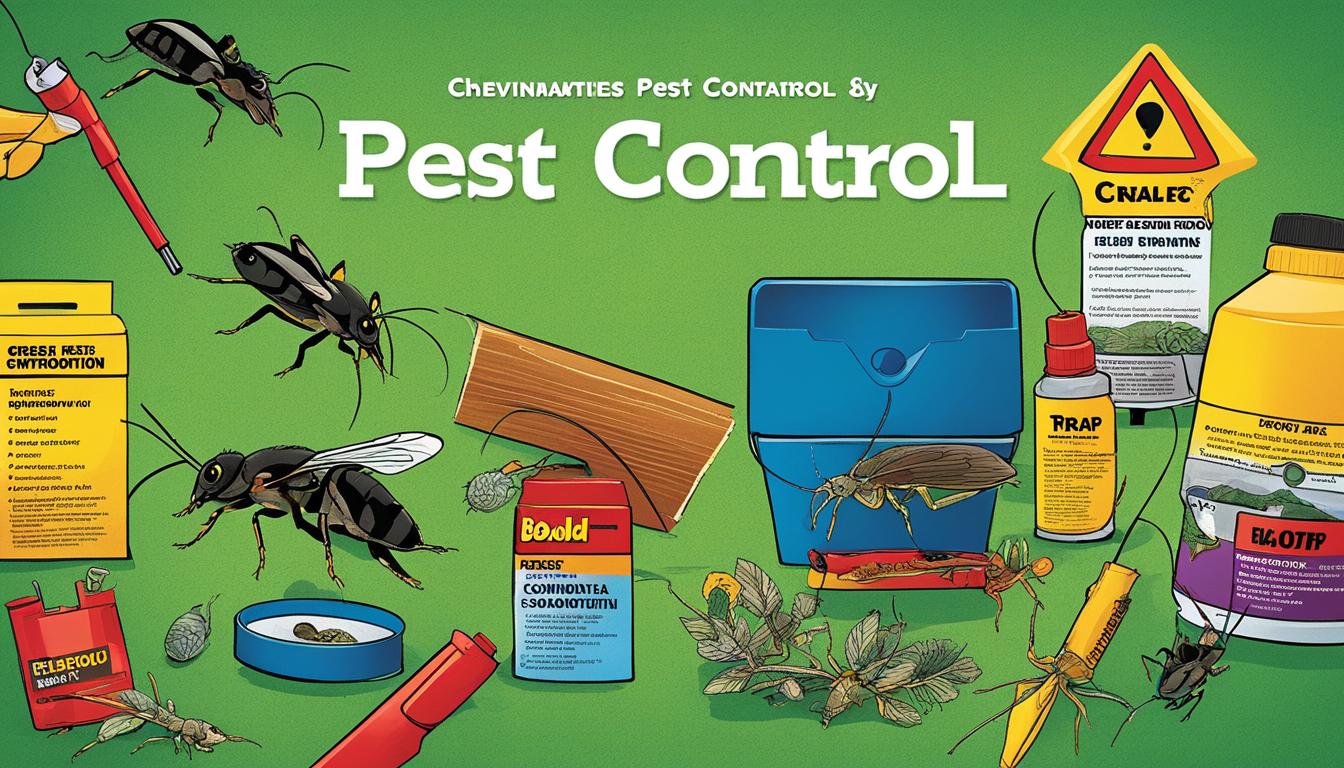The Main Principles Of Pest Control
Table of ContentsThe Best Guide To Pest ControlThe 3-Minute Rule for Pest ControlThe smart Trick of Pest Control That Nobody is DiscussingNot known Factual Statements About Pest Control Some Ideas on Pest Control You Need To Know
Limitations of Chemical Administration Be able to analyze pest issues, figure out if monitoring is required, and make appropriate referrals using IPM techniques. Know with different methods of parasite administration - their benefits and constraints. Understand the worth of helpful insects. It is not possibleor also desirableto rid yards of all insects.This phase talks about (IPM), a method that uses knowledge concerning parasites and their, techniques, nonchemical techniques, and pesticides to manage parasite troubles. Added info about IPM for particular plants is consisted of in chapters that concentrate on those plants. Nonchemical parasite control steps are worried in phase 17, "Organic Gardening." Handling birds and animals is covered in phase 20, "Wild animals." Taking care of in the yard and garden is covered in chapter 6, "Weeds." Parasites in a garden or landscape may consist of bugs and mites, weeds,, animals, and birds.
Lots of people hurry to draw, hoe, or spray every weed they see. Bugs and weeds, nonetheless, contribute in the. After planting a yard or developing a lawn, the all-natural process of plant sequence begins to reestablish and nonnative plants. A weed expanding in a grass stands for the initial stage in a series of events that, if permitted to proceed, could ultimately lead to a forest.
What we call "pests" are part of a natural system at job. Just human beings think about particular types insects when they happen where they are not desired.
What Does Pest Control Do?
Pests at risk to a chemical were rapidly eliminated, leaving immune ones to breed and increase. It ended up being clear that pesticides alone would certainly not solve all pest problems.
An IPM strategy allows some level of bugs in the setting. Parasites are much less most likely to survive a program that utilizes several approaches of minimizing their populations. Integrated insect monitoring was very first suggested by entomologists since pests were the initial team of insects to verify hard to manage with chemicals alone.
A threshold is the factor at which action ought to be taken. IPM has actually extended beyond insects to monitoring of all pest populaces: weeds, condition microorganisms, and creatures.
Pest Control for Dummies
Monitoring instead than eradication of bugs is the goal. An IPM strategy starts with a cautious analysis of each pest invasion.
Clover expanding in a lawn might be considered as an unwanted weed, but as a legume it is manufacturing nitrogen for the dirt and the blossoms are giving nectar to honey and other. Resistance for some weeds might be part of an IPM strategy. might be eating the fallen leaves of a plant, yet when they are identified as the larvae of Eastern tiger swallowtail butterflies, their damage might be endured so we can take pleasure in the stunning butterfly.

The second essential device in insect monitoring is very early intervention. Being existing and watchful in the yard makes sure very early discovery. Reacting to troubles promptly, before they have time to increase, calls for a less significant intervention. The third most crucial device is recordkeeping; tracking what happens in the yard makes it possible for a gardener to acknowledge patterns and make informed choices.
Pest Control Fundamentals Explained
Lots of secure, practical, nonchemical approaches of plant defense and pest monitoring might reduce or get rid of the need to spray. Other approaches are most advantageous when utilized with chemicals. To carry out administration methods properly and to lessen losses, gardeners ought to know the types of bugs that assault plants and comprehend pest biology.

Carrying out a soil test and applying just the suggested quantity of fertilizer and lime makes best use of the benefit to the plant while decreasing problems related to extreme use plant food - Pest Control. Covering the dirt with numerous inches of mulch safeguards the plant in several ways: decreasing soil water loss to evaporation, reducing weed competitors, offering nutrients, and developing an appropriate atmosphere for earthworms and bacteria that maintain the soil loosened for roots and damage down natural material to launch nutrients
If mulch touches the trunk, it can develop a way for voles, bacteria, and fungi to strike the plant. Do not make use of manure or garden compost that has not completely decayed as a leading clothing since it can motivate unwanted parasites. Research recommends that tilling the dirt is damaging to soil framework.
Pest Control - Questions
If tilling is deemed required, think about doing it in the fall when the life cycles of numerous parasites brings them near the surface. At the surface area, great site bugs become exposed to the weather along with birds and other natural adversaries. Autumn tilling can also destroy pests in crop residues. Usage disease-free and insect-free licensed seeds and plants if readily available.